I tried this TikTok lemon hack to remove limescale on faucets — here’s what happened
This TikTok lemon hack removes limescale on faucets in just one step
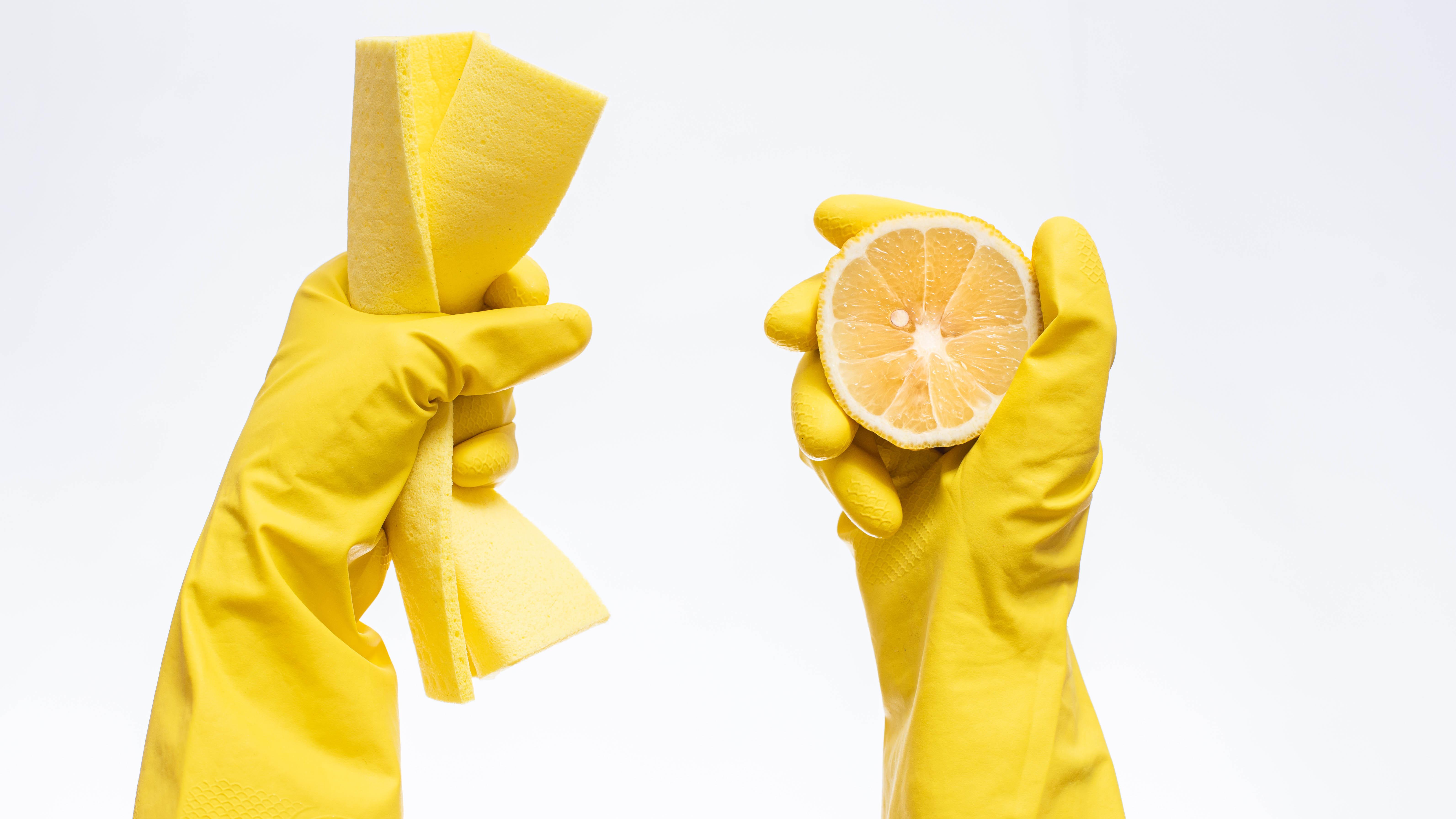
Cleaning hacks are always trending on TikTok, but it’s hit and miss whether they actually work and do the job. This simple lemon hack to remove limescale from faucets has gone viral and is definitely a useful trick to know.
Limescale buildup is a common problem in households, especially in areas with hard water. And while we may spend time and money on cleaning products to target limescale, this TikTok cleaning hack simply involves a lemon. Yes that’s right, no more elbow grease!
Posted by TikTok user clean with kayleigh with the caption "remove limescale buildup from your taps with a lemon," she cuts a lemon in half and then attaches it onto the end of each faucet. Apparently, if you leave these on for a few hours or better still, overnight, your limescale will be removed. Simple enough.
While it may seem gimmick-like, this viral lemon hack has pulled in more than 18 million views so far. Seems like most of us want a fuss-free and natural way to get rid of limescale. In any case, it’s a great way to recycle your old lemons and clean around the house.
Similar to cleaning with white vinegar, lemon contains citric acid which makes it the ideal, natural bleaching agent to remove stains and limescale. Of course, lemons have a much nicer scent than vinegar but there are ways on how to clean with vinegar without the smell if need be. In the meantime, I get to work on my bathroom faucets to see how well a lemon works to get rid of limescale.
If you've noticed a smell coming from your garbage disposal, also check out how to clean a garbage disposal.
@cleanwith_kayleigh ♬ Tell Me Something Good - Ewan McVicar
How to remove limescale on faucets using lemons
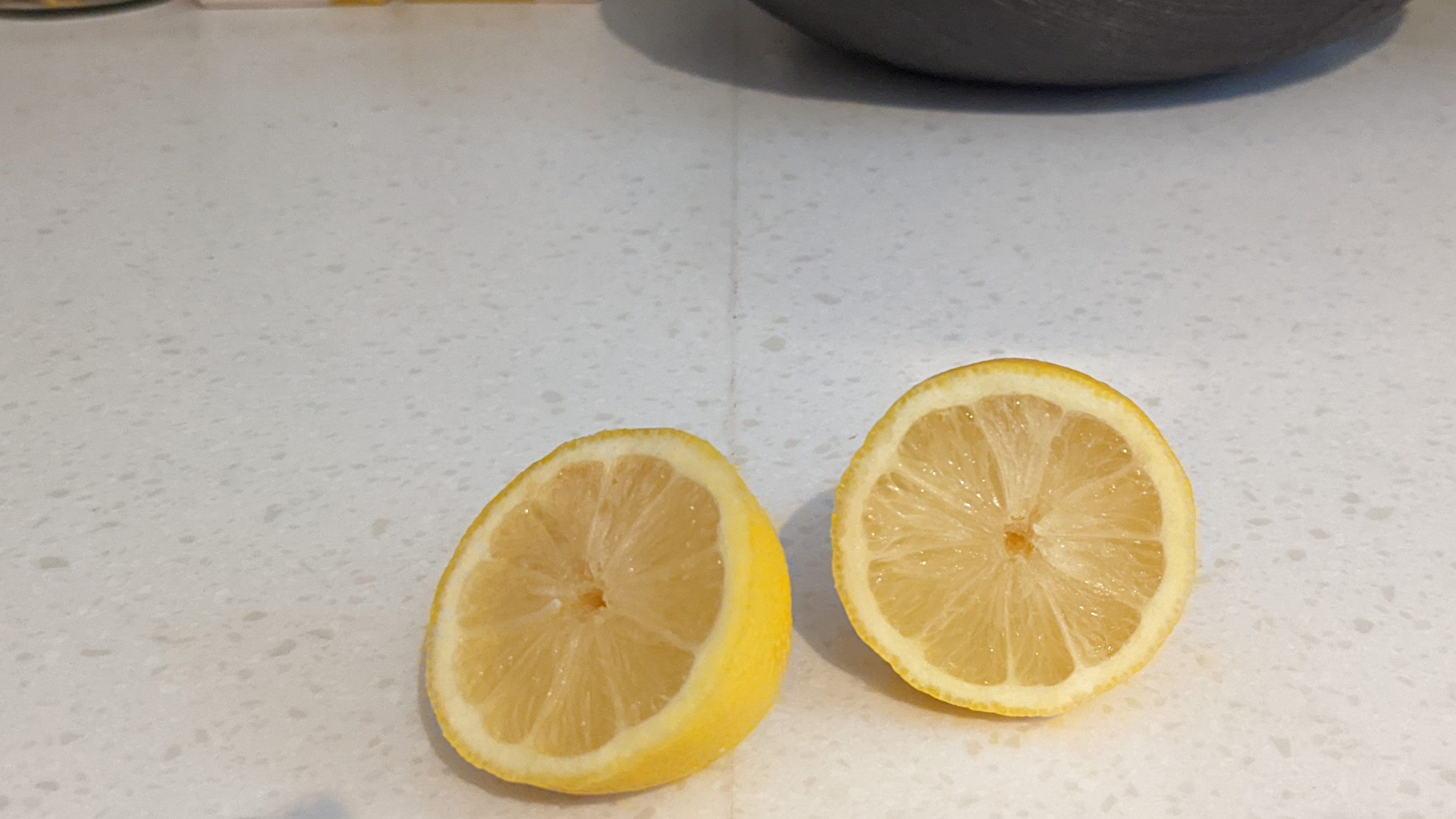
First, take a lemon and cut it in half. Then, take each half and attach to the end of each facet.
Sign up to get the BEST of Tom's Guide direct to your inbox.
Get instant access to breaking news, the hottest reviews, great deals and helpful tips.
For this, I recommend you push the lemon hard onto it so that it won’t drop off the faucet. This happened a few times, but with a little force they stayed on. You could also try securing the lemons using a rubber band.
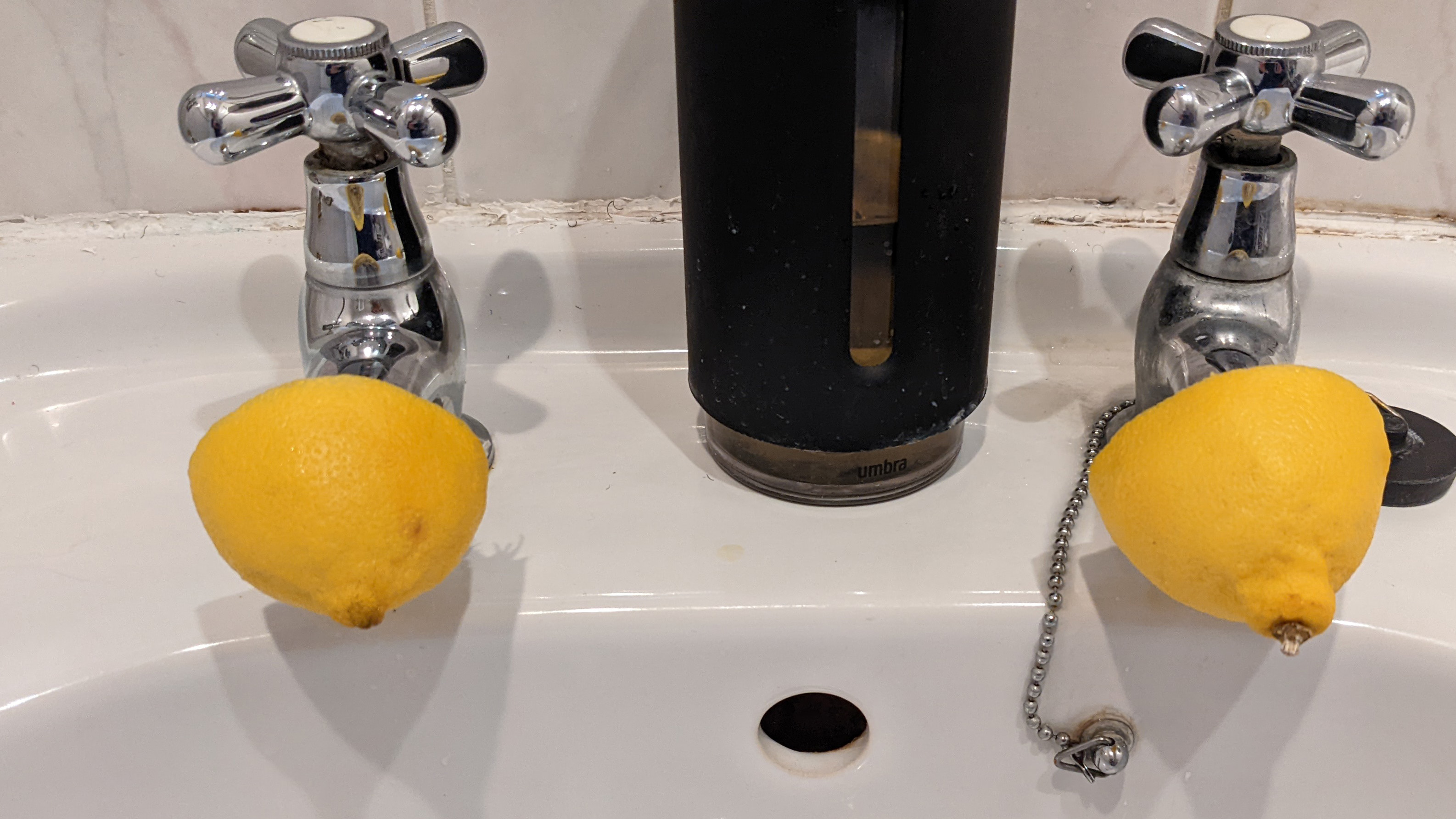
Next, leave the lemons on the faucets for a few hours before removing. Although I decided to leave mine overnight to allow the lemons to work their magic (and allow my family to actually use the bathroom sink!).
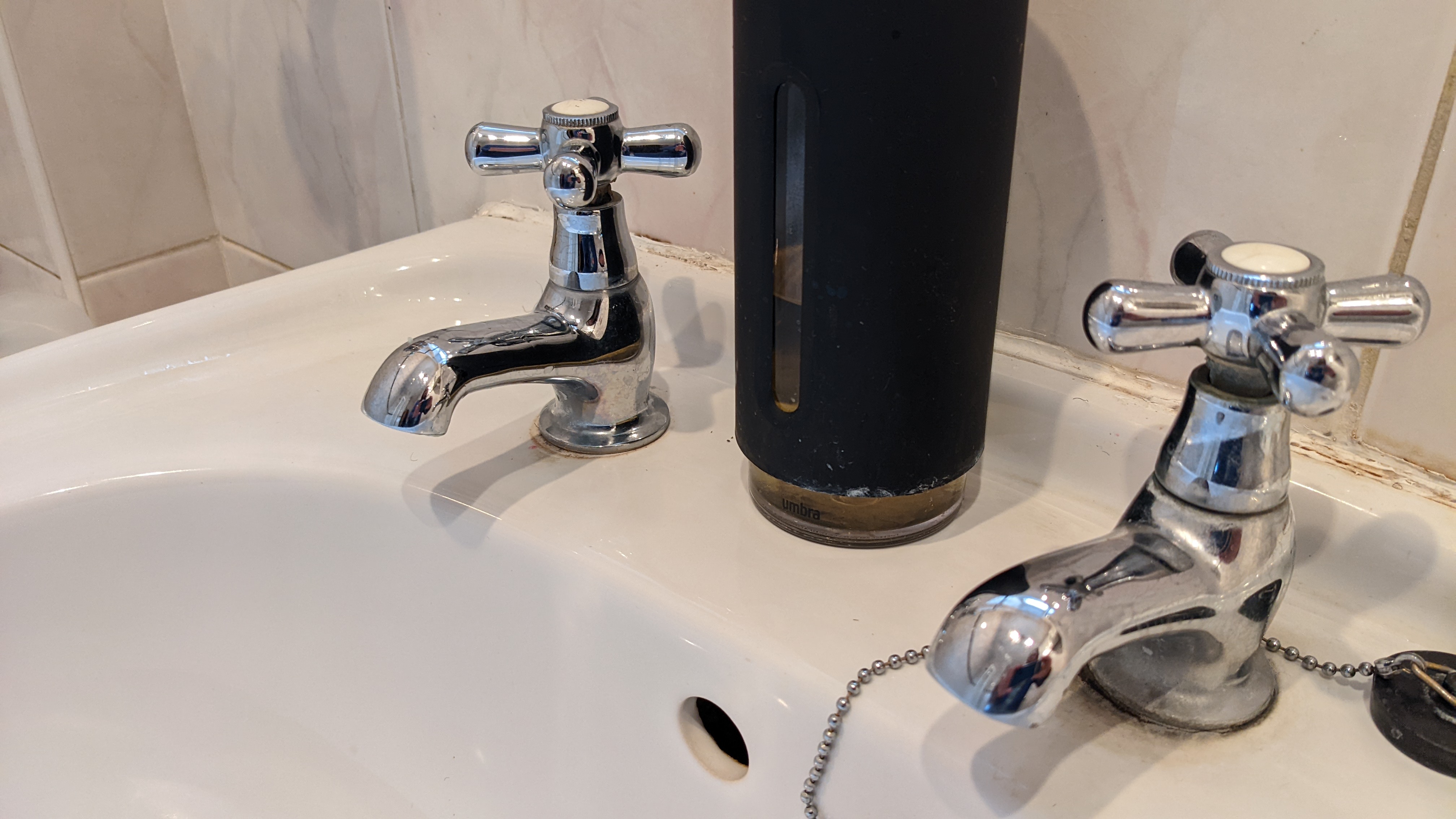
Verdict: While I was expecting the limescale to miraculously fall off, I did need to give it a little scrub with a sponge. However, the limescale was much easier to remove and the lemons made my faucets shine. I’ll definitely be using a lemon to descale my faucets in future!
What is limescale?
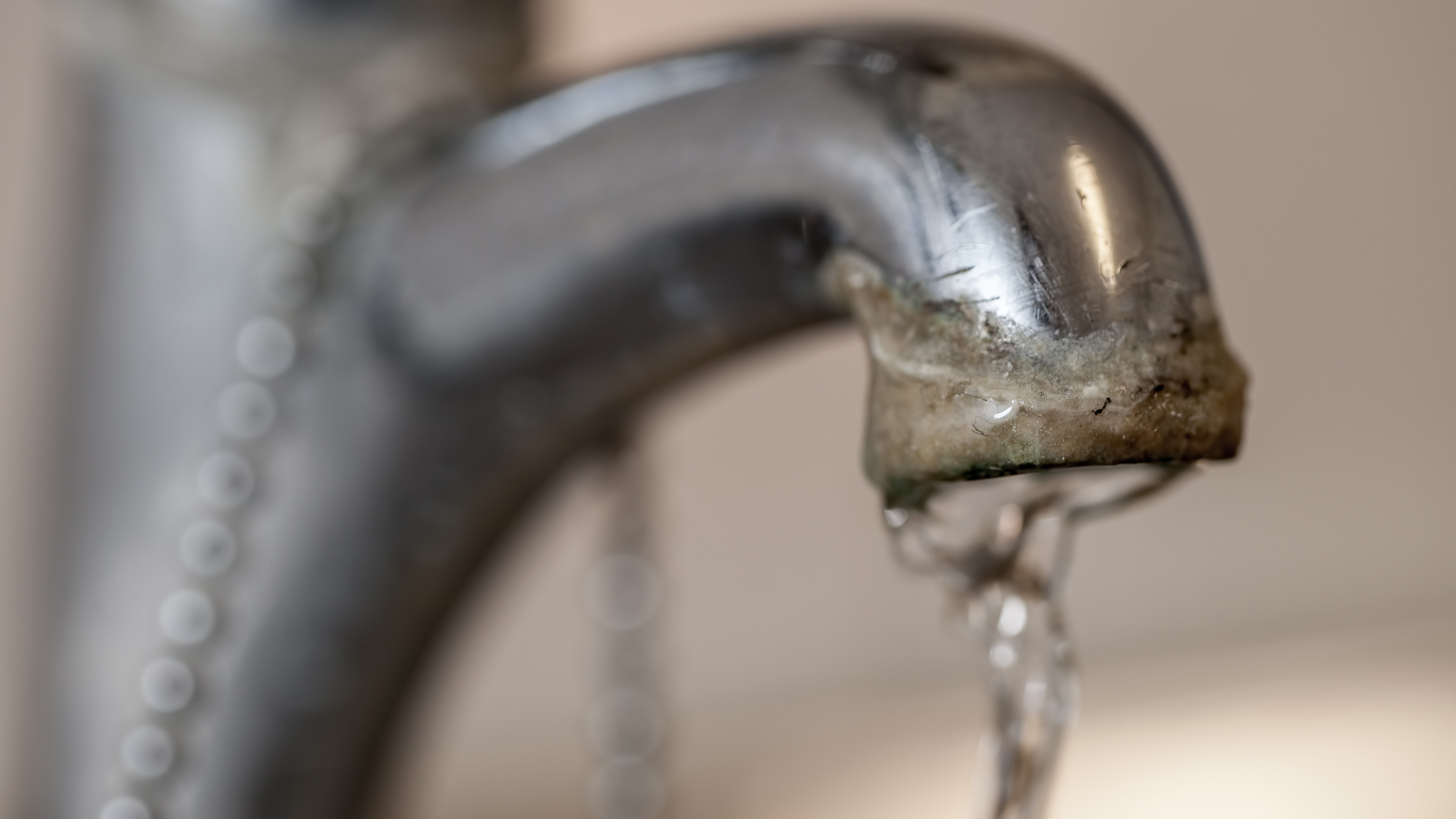
Essentially, limescale is a hard, chalky deposit caused by calcium carbonate and magnesium left behind when water evaporates. Limescale can often be found where water is heated or left to stand, hence why we often see a white build-up form around faucets, showerheads, bathtubs and particularly inside kettles and coffee machines.
So it’s important to know how to clean a showerhead to remove limescale or how to descale a kettle regularly, to prevent calcium dissolving in your water. In addition, limescale build-up can cause damage to your appliances and increase your energy bills if your heating system is clogged. You can always buy a descaler like this Durgol Universal Multipurpose Descaler/Decalcifier for Kitchen and Household Items ($14, Amazon) to help maintain your appliances.

As the Homes Content Editor, Cynthia Lawrence covers all things homes, interior decorating, and garden-related. She has a wealth of editorial experience testing the latest, ‘must-have’ home appliances, writing buying guides and the handy ‘how to’ features.
Her work has been published in various titles including, T3, Top Ten Reviews, Ideal Home, Real Homes, Livingetc. and House Beautiful, amongst many.
With a rather unhealthy obsession for all things homes and interiors, she also has an interior design blog for style inspiration and savvy storage solutions (get rid of that clutter!). When she’s not testing cool products, she’ll be searching online for more decor ideas to spruce up her family home or looking for a great bargain!
